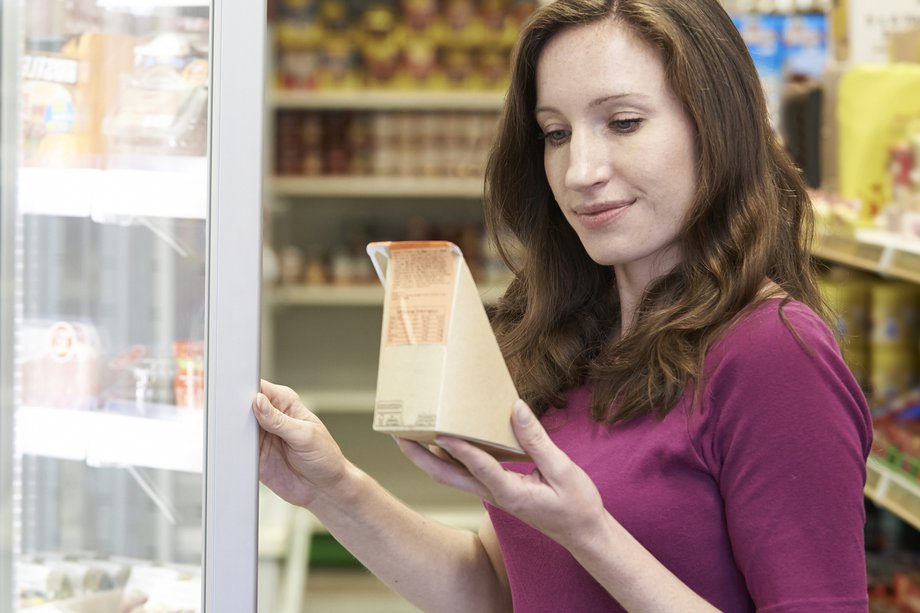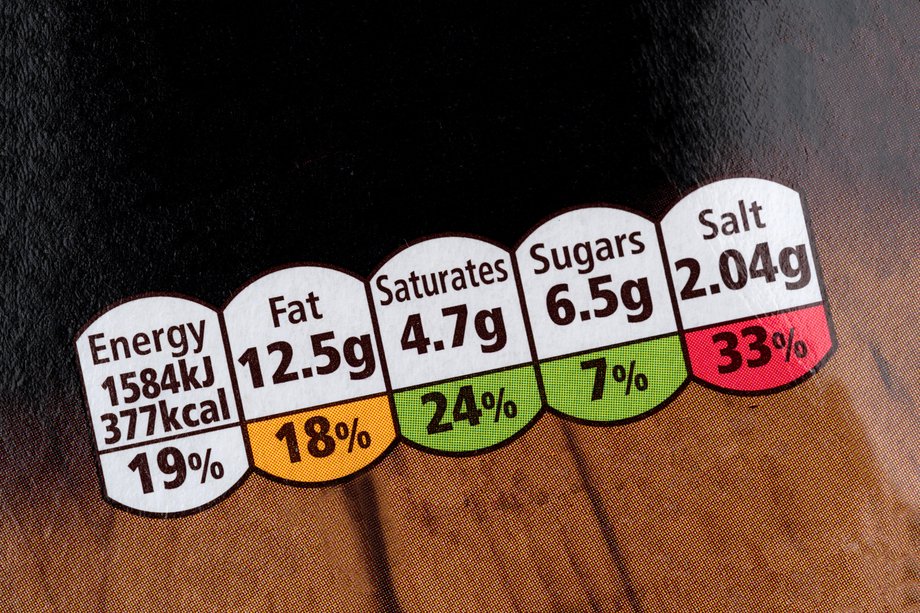Reference intakes explained

Highwaystarz-Photography / Thinkstock
You'll see reference intakes referred to on food labels. They show you the maximum amount of calories and nutrients you should eat in a day.
Daily reference intakes for adults are:
- Energy: 8,400kJ/2,000kcal
- Total fat: less than 70g
- Saturates: less than 20g
- Carbohydrate: at least 260g
- Total sugars: 90g
- Protein: 50g
- Salt: less than 6g
The reference intake for total sugars includes sugars from milk and fruit, as well as added sugar.
See How much sugar is good for me? to learn more about added sugar and the sugar in milk and fruit.
Reference intakes aren't meant to be targets. They just give you a rough idea of how much energy you should be eating each day, and how much fat, sugar, salt and so on.
Unless the label says otherwise, reference intakes are based on an average-sized woman doing an average amount of physical activity.
This is to reduce the risk of people with lower energy requirements eating too much, and to make sure information on labels is clear and consistent.
How can I tell if a food is high in fat, saturated fat, sugars or salt?
There are guidelines to tell you if a food is high in fat, saturated fat ("saturates"), sugars or salt, or not:
Fat
High in fat: more than 17.5g of fat per 100g
Low in fat: 3g of fat or less per 100g
Saturated fat (saturates)
High in saturates: more than 5g of saturates per 100g
Low in saturates: 1.5g of saturates or less per 100g
Sugars
High in sugars: more than 22.5g of total sugars per 100g
Low in sugars: 5g of total sugars or less per 100g
Salt
High in salt: more than 1.5g of salt per 100g
Low in salt: 0.3g of salt or less per 100g
So, for example, if you're trying to cut down on sugar, you should avoid foods that have more than 22.5g of sugars per 100g.
If you want to eat fewer saturates, it's best to avoid foods that have more than 5g of saturates per 100g.
The red, amber and green colour coding on the front of food packs helps you see at a glance whether a food is high (red), medium (amber) or low (green) in fat, saturated fat, sugars or salt.
Read more about red, amber and green colour coding.
Where to find reference intakes on food packs
If you look closely at food packaging, you'll see that it usually tells you what percentage of your daily reference intakes each portion of that food contains.

Stephen French / Alamy Stock Photo
For example, the food label above shows that each portion will provide you with 2.04g of salt, which is 33% of your daily reference intake for salt.
The red colour shows you that the item is high in salt.
The item also contains 12.5g of fat, which is 18% of your reference intake for fat.
The amber colour tells you that the item contains a medium amount of fat.
Green means a food is low in a particular nutrient. This item, for example, is low in saturated fat and sugar.
Trying to cut down?
Page last reviewed: 10/07/2024
Next review due: 10/07/2024